Not to make anyone jealous, but I think I have one of the best schools any Fulbright ETA can ask for. First, just look at it:
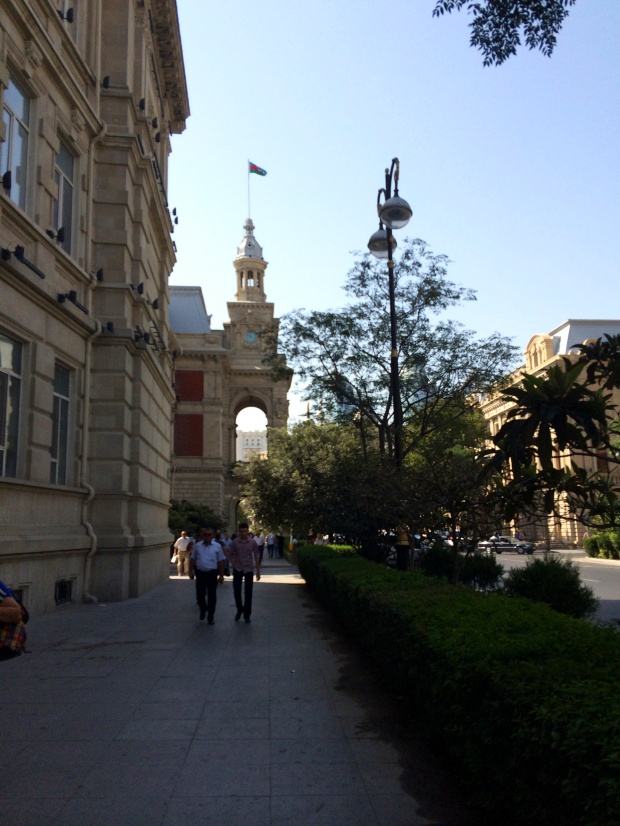
Walking on the perimeter, this is the front of the Main Building, right by all the fun things in Baku.
Azerbaijan State Economic University (ASEU) has become like a second home, largely because I have amazing colleagues and my own work space in the International Relations Office (IRO).
Unlike professors at any American university, teachers here are rarely guaranteed personal work space. There are department offices, but that’s where everyone hangs out for tea, to chat, and meet with students. It’s hard to concentrate in such an environment, so many teachers I know prepare their lessons at home. I, on the other hand, am extremely fortunate: Not only do I have space, but I have my own computer — not kidding. I can use the office printer too, a luxury. I can be productive, and have some division between ‘work’ and ‘home,’ almost like a real adult.
Yet I end up taking my work to-do list home most evenings. I’m regularly interrupted, but I don’t mind. I’m always amazed when my students visit. Wow, they’re stopping by to say ‘hi,’ I feel like a real teacher! Then I give them Russian candy, because what better way can I show my gratitude except through a sweet? Impromptu Azeri language lessons occur between me and colleagues regularly, and I hear the occasional request to proofread a letter or edit a blurb.
And since I’m in the IRO, students approach my desk and ask in Azeri or Russian if so-and-so is here, or if I can tell them about Erasmus/study abroad programs. “Muslim Müəllim is out now, but he’ll be back in a few minutes,” or, “The person you want is Afət and she is at lunch, but she’ll return before the end of the hour.” Of course I answer in English, my Russian is non-existant and my Azeri is nothing to celebrate. I also do it to see their reactions, sometimes baffled and amused, sometimes that classic deer-in-the-headlights look. I like being someone’s unexpected encounter for the day.
Anyway, back to the tour. If you’re like me, maybe you’ve noticed that the university building butts right up to this big stone wall.
That stone wall straight ahead represents the original boundary of İçərişəhər, or, the Old City (which I’ve talked about with plenty of pictures in this post and this one); some parts are reconstructed or older than others, but it is impressive. ASEU and several other Russian-inspired (i.e. pre-Soviet) architectural beauties line the main street, completely blocking the Old City walls. It was something I wondered about in the back of my mind, but I assumed it was the result of bad city planning.
It was a stupid assumption. My colleague indicated the wall one afternoon as we walked from the canteen to the office. She explained that, at some point, the Russians demanded that Old City’s walls be torn down to 1) make way for newer construction, and 2) erase medieval Baku/Azerbaijani history. The suggestion was made instead to construct new buildings right in front of the walls, enough to block idle gazes from noticing them, but without completely destroying valuable history. And that is exactly what happened:
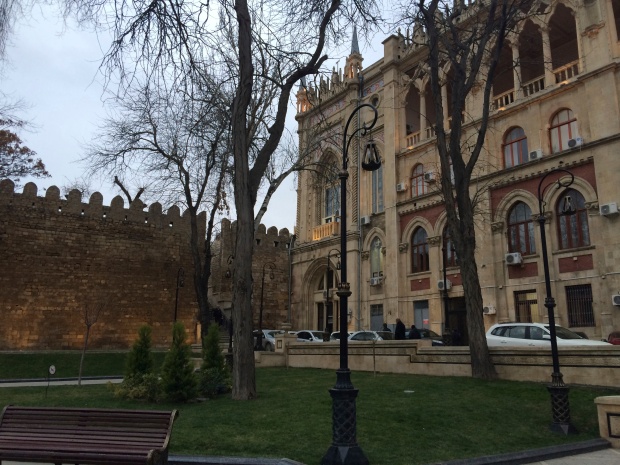
Oil money enabled locals to construct too, such as this building, “Ismailliya” by I.K. Ploşko in 1913.
This perfectly demonstrates the indecisive Russification policy I’ve read about. The Russian Empire, and later the Soviet Union, wavered between two opinions as it dealt with Azerbaijan and its other territories: Should non-Russians be forced to abandon their languages and histories to identify only with Russia’s? Or should some allowances of cultural autonomy be practiced?
So the Old City, a medieval-era symbol of Azeri power and source of ethnic pride, was forced to fade into the background while other buildings, such as ASEU, were constructed at the forefront. That’s good enough for a society struggling to maintain its identity in the face of a colonizer. It’s that option or have your history be decimated. (And some back home have told me that “history doesn’t matter.” Hm. This should give you something to think about…)
Another factoid about ASEU’s main building: it was built as a school for girls, funded by oil millionaire Musa Naghiyev. It was the first school for women in the area, in the mid- to late-1800s, just after Baku’s economy boomed from the first wave of foreign investment. I asked what the girls were taught, and it sounds like a combination of home and practical skills like reading and writing. For some reason, I thought about those young women multiple times in the week leading up to the start of the spring semester. I imagined their laughter and voices echoing in the cavernous, chilly hallways, maybe because it seemed too quiet without the intermittent chatter of teenagers.
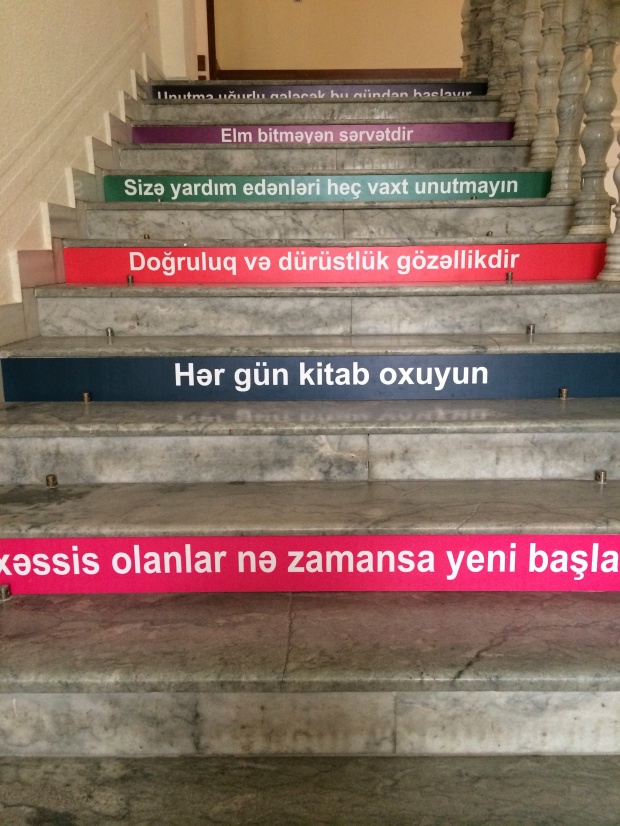
The inspirational quotes were added over winter break. I can translate one for you. “Hər gün kitab oxuyun” = Read a book everyday.
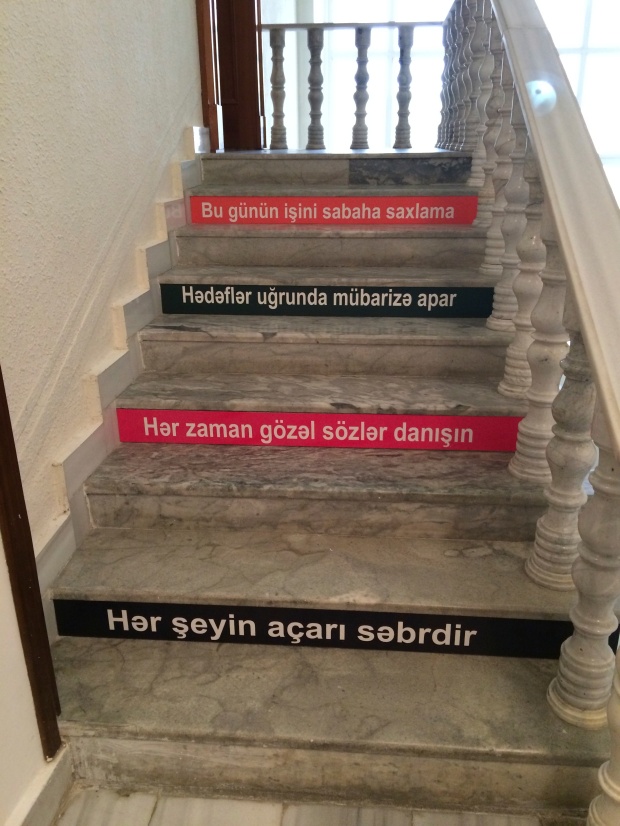
And here’s another translation: “Hər zaman gözəl sözlər danışın” = Always speak beautiful (kind) words.
But now young voices bellow down the halls regularly, and several of them are greetings aimed my way, “Hello, Hayley!” I encourage them to use my first name, I figure it’s good for them to practice a different name since I have to practice all of theirs…such as Günay, Əntigə, Fuad, Toğrul, Faik, and Ceyhuna. But I’ll admit that my heart thrills a bit when I’m called teacher. “Hello, teacher, how are you?” “Thank you for today’s lesson, teacher, we enjoyed it very much.” “What will we talk about today, teacher?” “Teacher, how long will you stay in Azerbaijan?”
I know it’s a simple title, but Jesus was called teacher (rabbi) in the Biblical New Testament by several who addressed him. Actually, if I’m not mistaken, several pioneers of religious movements from Buddha to Muhammad were viewed and recorded as teachers. I like sharing such a title with those great people.
Although the title is just about all we have in common. I teach conversational English to several groups of students that meet with me once a week. Those groups of students are also fluid, meaning that I see new faces weekly, others drop out forever, and some attend when they feel like it (like stopping by for the last half of class). It’s…interesting…definitely different from my personal university experience…and it constantly tries my patience. Taking that into consideration, and the fact that I come across a rather wide range of English skill (“Intermediate” is a very broad category and somewhat deceiving), I don’t take it upon myself to teach them brand new grammatical structures or introduce lists of vocabulary — that’s what their formal curriculum covers. Instead, I frame a discussion or class around a theme or activity, and give them the chance to use the English they already know. I like having that freedom, and I think they appreciate the change of pace.
There you have it, a little taste of ASEU. When my friend Esther visited, I made sure to give her a tour. “This is the kind of place I can see you working,” she said.
I daresay it is a good fit.
Until next time… (:
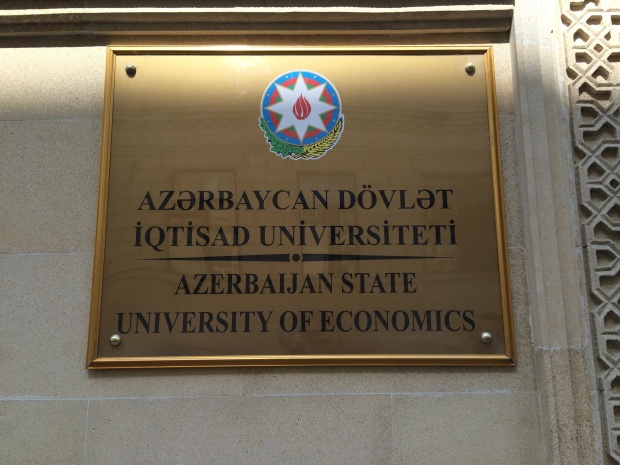
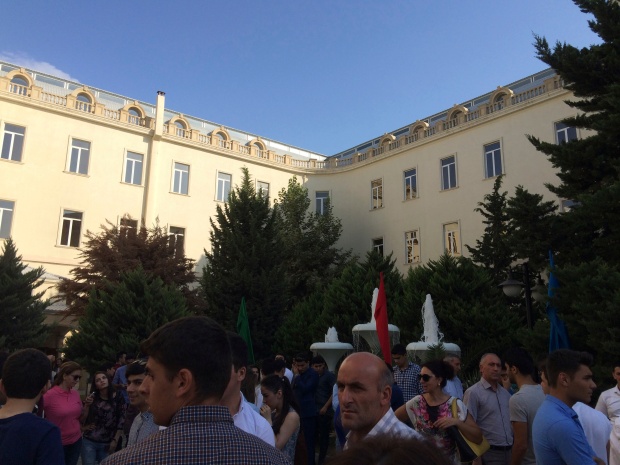
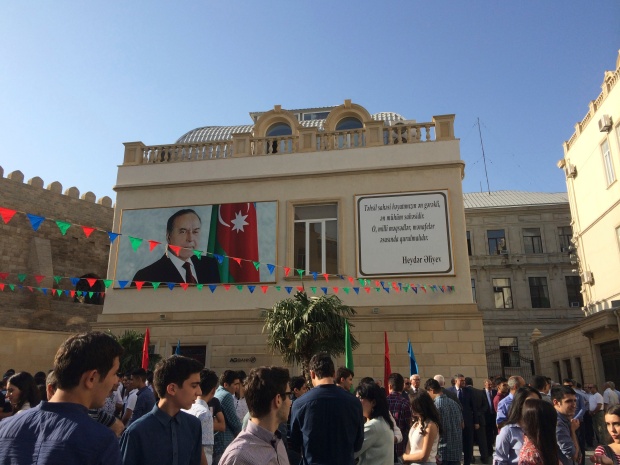

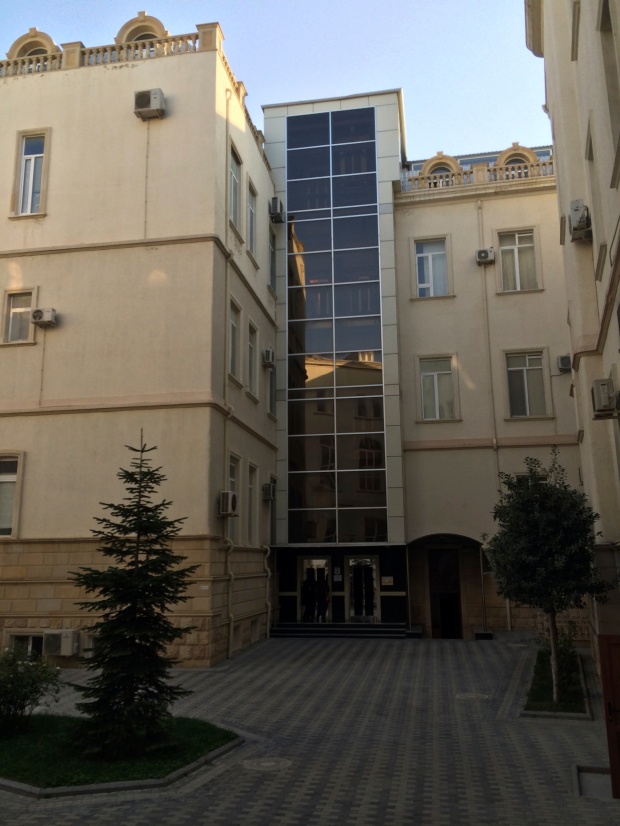

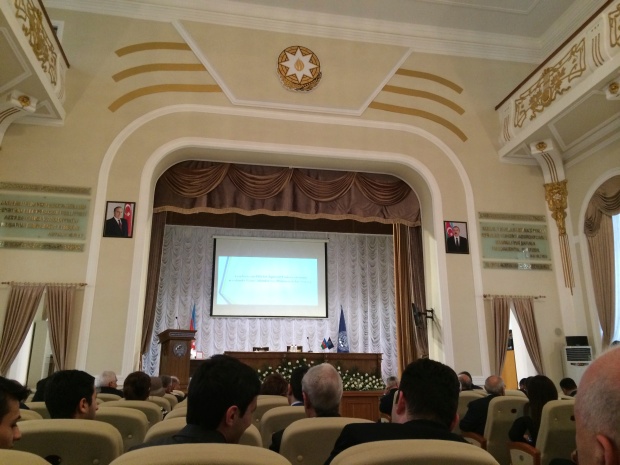


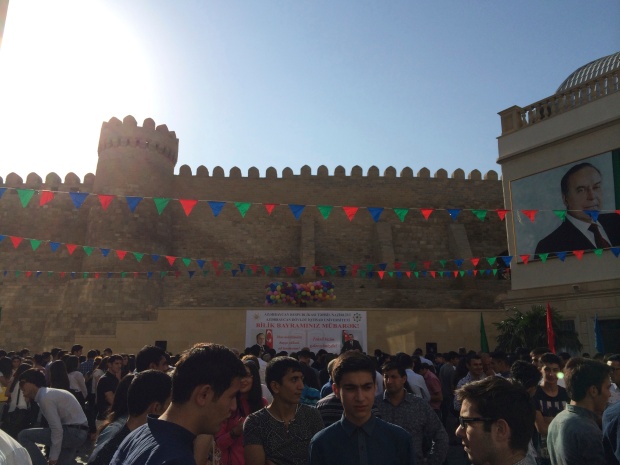
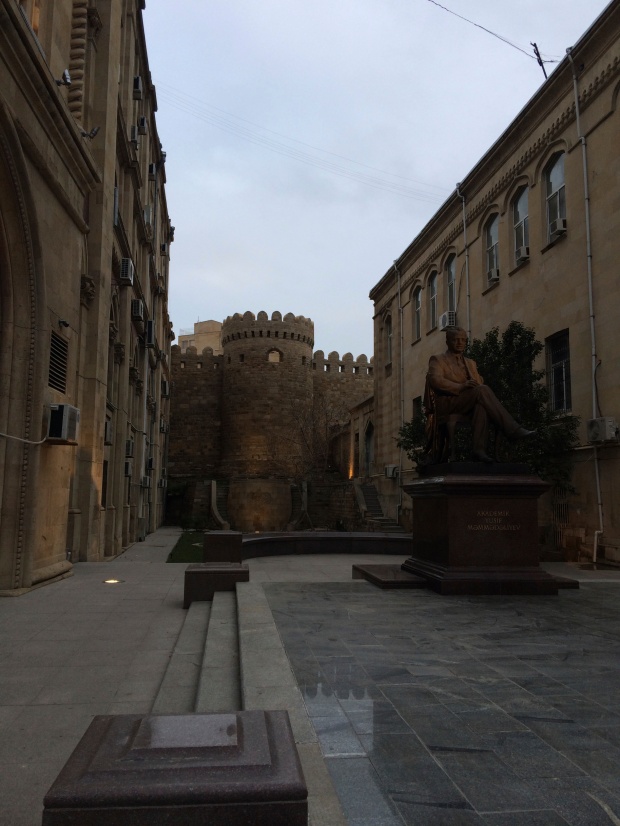


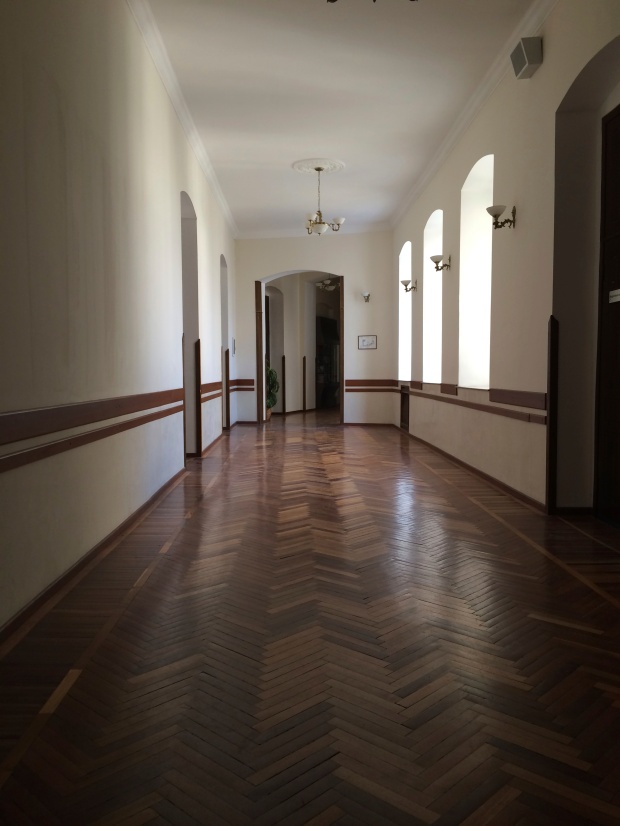
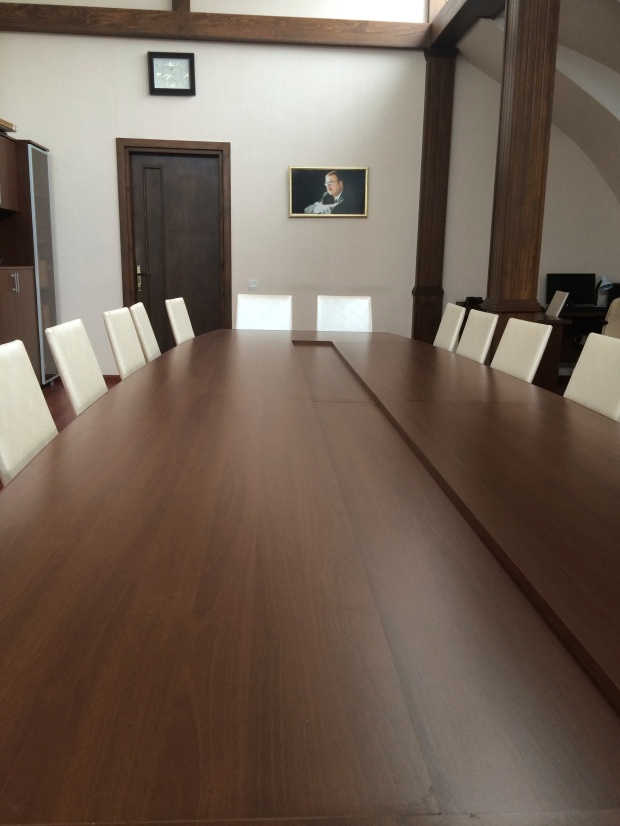
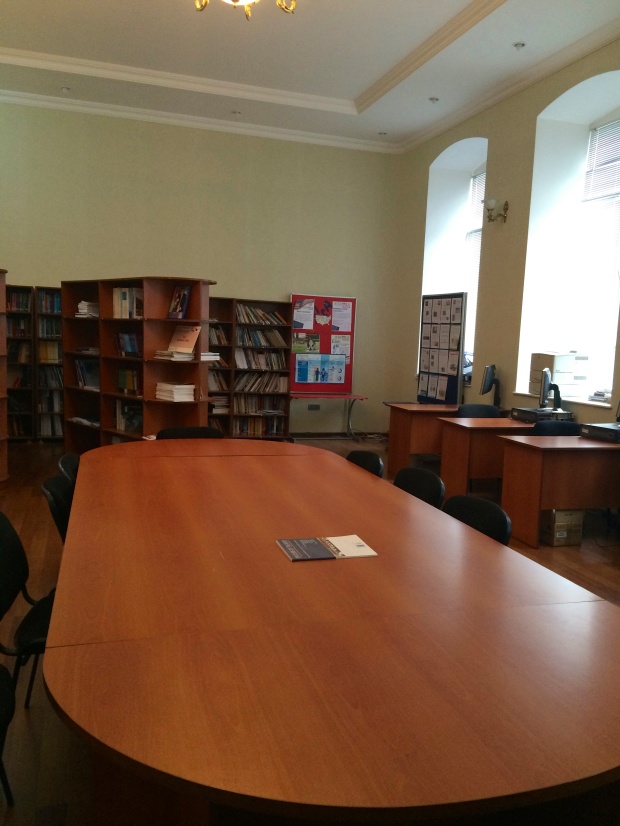
It is all beautiful, but really looking forward to your return and await your next adventure.
Only three months to go, Mary! 🙂